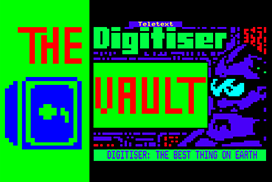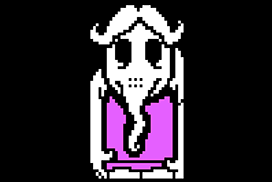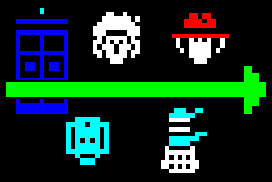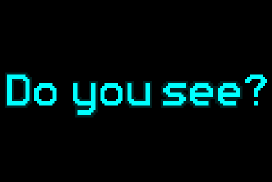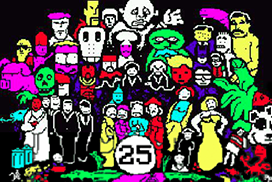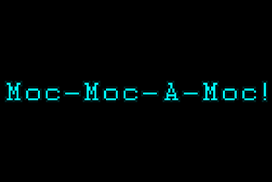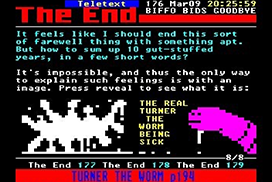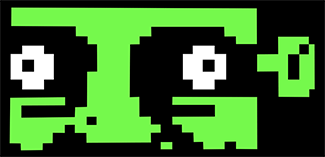
Grumble feature enabled
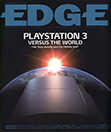
|
Character building
Edge #159, February 2006
There was something missing from the Xbox 360 launch line-up (bonus points to the witty wag who shouted "Good games"): a single marketable, iconic character. No Sonic, or Mario, or - let's face it - even a Pac-Man. Heck, I'd have taken that witless, purple, fire-chuffer Spyro The Dragon over charisma-free throwbacks like Joanna Dark and That Girl From Kameo. To whit: where have all our characters gone? Where once distinctive giants bestrode the industry, swinging their massive, luminous jockstraps, I'd now struggle to name a single game character created in the last five years. Even the legends are apparently failing to contain mid-life crises or drink problems, beset by over-familiarity, under- familiarity, or their insecure creators' wholesale dismissal of what once made them great. Mario is being stretched ever more thinly (we've had baseball, racing, golf, tennis, football, board games and beat 'em ups - where next? Kabaddi? A cookery simulation? An ostrich enclosure construction sim?), Sega doesn't have a clue what it's supposed to do with Sonic, and Tomb Raider is no longer relevant to anyone bar a handful of mentally ill Lara fetishists.
These characters were once symbols, and statements of intent. Mario sold Nintendo as a family-friendly company, whereas Sonic once defined Sega as streetwise and cool. There was a time when the launch of a new Sega or Nintendo console would've been marked by the next step in the evolution of these signature franchises. If it were up to me I'd have delayed the Xbox 360 launch until Halo 3 was ready - Master Chief being perhaps the closest we've come to a new gaming icon in recent years; the sort of corporate mascot the PlayStation brand is sorely lacking. Instead, the 360 was thrown into the public arena with one of the safest, blandest launch line-ups ever. Yet a single strong, identifiable character could've spun that perception on its rump. Only a few years ago any mainstream coverage of gaming was accompanied by a graphic of the Tomb Raider enchantress, or a sassy hedgehog with wagging finger. Now it's usually an indistinct FIFA screenshot or an out-of-context image of someone being diced by a rusty chainsaw. How many more off-the-peg gangsters, soldiers and gloriously rendered sports cars can we handle before we implode with apathy?
What makes a strong, iconic, game character? It's probably not any one thing, but like a house of cards removal of any single element means the icon crumbles. There are probably a few obvious - but rarely followed - rules worth stating. Make the characters distinct: there's a good reason why the characters in The Simpsons don't look like the characters in South Park. And there's a very good reason why Joanna Dark will never make the same cultural impact as the Tomb Raider star; because she looks like any one of a hundred watered-down Lara Croft clones. Likewise any of Kameo's woefully bland and clichéd characters. The simpler the better. All great cartoon characters are recognisable in silhouette, from Bart Simpson to Mickey Mouse.
Make the characters' world reflect the characters: this is precisely where Sega is going wrong with Sonic. Back in the day, Sonic looked like he lived in the Green Hill Zone. Nowadays every Sonic game sticks him in a semi-photorealistic city, and the contrast is jarring. Similarly, Lara Croft has never worked as well once the franchise dragged her out of dusty tombs and into the harsh glare of street lights.
Ensure the character can do stuff that no other game character can: one strong, simple, original, iconic gameplay concept is all we ask. Give them a theme tune. Whatever happened to great theme music in games? When was the last time we got anything as memorable as the Zelda theme, or the Tetris music? Make them format-specific. They're just not as special when they're spread across more than one system.
Think about what you're trying to say your character: I'm not for a second advocating that anyone try and promote some sort of political agenda with a game character, but once upon a time the big game characters were synonymous with their host systems. Sonic sold Sega's dream that the Mega Drive was streetwise, while Tomb Raider made the PlayStation sexy. What is anybody trying to express with, say, God Of War? That the PS2 is for violent, semi-naked men in skirts?
Keep the franchise focused on its core characters: there's a good reason why the original Street Fighter II characters continue to endure. It was fair enough when Tails and Knuckles were introduced to Sonic's world, but his extended family has now become so big and unwieldy that Sonic himself has been obscured.
The games industry doesn't have the benefit of celebrity in the way that other entertainment industries do, and needs its characters now more than ever. You can't rely on 'celebrity' games journalists or producers to be the figureheads of the industry. We're hideously deformed social misfits to a man.
Mr Biffo co-founded Digitiser, Channel 4's Teletext-based videogames section, and now writes mainly for television
Do you know of any important moments from the annals of Digi history that have been omitted? If so, then mail me (superpage58@gmail.com) right now, man. Credit will be duly given for anything that gets put up.


